Take the Plunge! Here Is the Science and Benefits of Hot and Cold Water Therapy Pools
Wondering if the benefits of hot and cold water plunges are worth it? This article showers you with information about the impact of these temperature extremes on your body and mind and the benefits of hot and cold water...
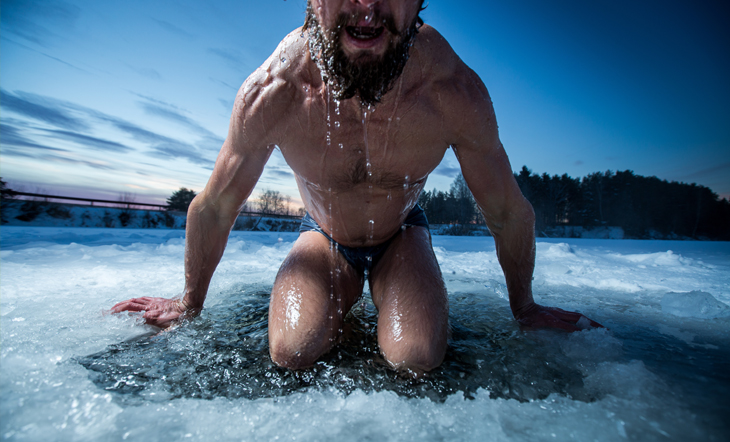
Wondering if the benefits of hot and cold water plunges are worth it? This article showers you with information about the impact of these temperature extremes on your body and mind and the benefits of hot and cold water therapy.
Ready to take the plunge? In this article, you will learn:
A brief introduction to cold water therapy An explanation of what a cold plunge is The main health benefits and science behind it Safety precautions and important details to knowRead on to learn all about hot and cold water therapy.
A Quick Dive Into Cold Water Therapy
Even though we’re talking about taking deep plunges, the term cold water therapy can be taken at surface level. It refers to receiving the therapeutic benefits of cold water – such as natural pain management, a boosted immune system and a healthier mental state.
The process involves immersing your body in water that is below 59 degrees Fahrenheit.
The therapeutic benefits of cold water include natural pain management, a boosted immune system and a healthier mental state.
From ice baths to cold showers and from plunge pools to dips in rivers and oceans – the healing power of cold water has been used for centuries. Even so, many people still wonder today: “Is cold water therapy just a splash in a wellness ‘woo-woo’ trend, or can researchers back up the scientific benefits?”
Research Doesn’t Water Down the Benefits of Hot and Cold Water Plunges
You could go swimming for days in the pools of information on the internet about this topic, so we wanted to water down the number of resources.
Here are three health benefits from experts that don’t tread water when it comes to promoting plunges.
Let’s jump right in!
1. Sore? No More!
When you work out, your muscles are being stretched and pulled, which can make them feel tender and inflamed after the workout is over.
Cold water is a great way to cool down after exercising because it has regenerative properties that help muscles relax and repair themselves.
In an article on ScienceAlert.com, Johanna Lanner, an expert in muscle physiology from the Karolinska Institute in Sweden, has a fancier way of saying how cold water therapy relieves soreness.
She says, “Cooling reduces nerve impulse transmission and thus reduces the level of pain perception. It also induces constriction of blood vessels in peripheral tissues (e.g., muscle) which results in reduced fluid diffusion that may assist in reducing exercise-induced acute inflammation.”
Does heat help with soreness too?
Rebecca Kurtz, M.S., an exercise physiologist at Henry Ford Health says, “While icy temperatures help reduce inflammation, heat helps dilate blood vessels and promotes blood flow.” In other words, heat helps ease body tension and soothe muscles.
Both hot and cold temperature methods can alleviate pain.
If you implement cold water into your post-workout regimen, you’re sure to be sore no more. But if you’re spazzing about how to treat a spasm, heat it to beat it!
You can also supplement your post-exercise plunging practice with these 7 Tips to Maximize Recovery After Your Workout
2. Combat Common Colds with Cold Water
If you try cold water therapy, you won’t get sick of this benefit!
Literally. Why?
And that was the aim of this study: to investigate whether or not the human immune system can be activated by a noninfectious stimulus (aka, cold water), thereby improving the physiological status of the individual.
Spoiler alert!
It concluded that immune health improved when athletic young men were immersed in cold water three times a week for six weeks.
While that study is nothing to cough at, this study will also make you feel better about how cold water helps boost your system! Researchers found that people who took a cold shower were less likely to miss work due to sickness than those taking warm ones – even if the participant was alternating from warm to cold water.
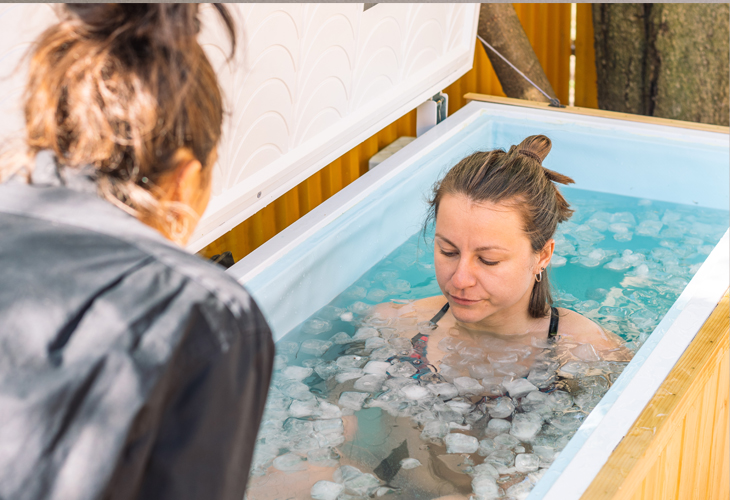
One explanation for that result is responses induced by cold are mainly due to increased activity of the sympathetic nervous system – our fight or flight mechanism that keeps us alive – specifically the hormone noradrenaline.
This is what most likely causes the increased heart rate and blood pressure observed when people are immersed in cold water.
Dr. Rhonda Patrick has shown in her report that noradrenaline levels are five times higher in people who regularly cold plunge.
Cold water therapy stimulates your body’s natural defense system, which can improve its ability to fight illness!
So basically, when we jump into cold water, it’s not just the shock that causes our hearts to beat faster. The chemicals in our body rush to our brain in excitement shouting, “Omg! I’m alive!”
This article summarized it perfectly with this sentence, “While we don’t want to spend our entire lives in a stressed-out, sympathetic mode, brief and repeated exposure to physical stress (like from cold plunges) may actually improve our overall stress response and immunity.”
Want more ways to boost your immunity? Read 6 Simple, Science-Backed Ways to Strengthen Your Immune System
Know what’s also great for stress and immunity? Hot plunges! A nice soak in a hot tub is great for relaxation after a long day.
This article explains, “As your body warms and your blood flow accelerates, your white blood cell production increases too. As your bloodstream carries these tiny yet powerful cells throughout the body, you’re better able to fight against infection and disease.”
It also stated that “As your temperature rises, blood and lymph fluid begin to circulate more quickly, causing you to shed impurities and toxins through perspiration.”
Moral of the story? A hot or cold plunge a day may keep the doctor away.
3. Cold Plunges Are Shown to Support Weight Loss
Dr. Paul Lee, an endocrinologist at the Garvan Institute of Medical Research found cold temperature soaking helps with weight loss as it affects the fat tissues in our bodies.
According to this article, “Cold water therapy forces stem cells in the body to create brown fat cells instead of white. You want this to happen because brown fat cells are metabolically active and can burn or oxidize the white fat tissues in the body.”
It goes on to say, “Taking a cold plunge in an ice barrel can activate the brown adipose and muscles in your body. Once activated, Irisin and FGF will be released. These two hormones burn up the white fat tissues resulting in weight loss.”
The cold hard fact that got us most excited about that study?
It said “ten to fifteen minutes of shivering increased the release of this hormone to a level identical to what you would get from an hour of moderate exercise.”
(Don’t get us wrong, we love exercising! Especially using this Vinyasa Yoga sequence that naturally boosts metabolism too.)
Speaking of hot . . . you can get the same benefit from a hot plunge, but over a longer period of time.
According to this article, “A daily soak in your hot tub can help you lose weight, even in an indirect way. If you weigh around 150 pounds, you can normally burn up to 17 calories or .005 pounds of fat by simply submerging yourself for fifteen to twenty minutes.”
However, it goes on to say, “You would need at least 125 days of fifteen minute soaking sessions in the morning and evening to lose one pound of fat.”
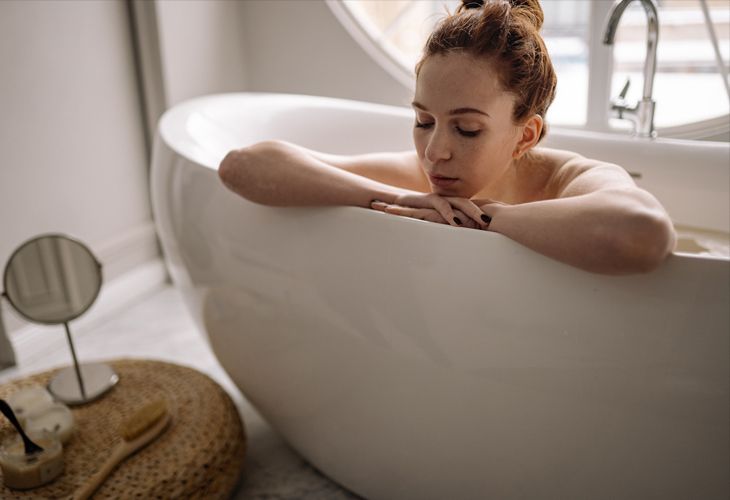
Final Benefits and Safety Details to Know About Cold Plunges
We figured you might have some burning questions about what and what not to do to get the most health benefits from hot and cold water therapy.
How can you prepare for a cold plunge? How long should you stay in a cold plunge pool?
This article is a great resource filled with everything a first-time plunger needs to know, summarized below:
Warm-up for your cold plunge! Regular practice with five minute cold showers will help you understand your body’s responses better, so that when it comes time to take the plunge (literally), there will be less surprise about what happens next! Activate the the parasympathetic – the rest and digest branch of the nervous system – with deep breathing the day of plunge and prior to the immersion Dunk for a target plunge time of two to three minutes to maximize benefitsWhat are the main benefits of alternating between hot and cold water therapy? The benefits include:
Improved blood flow and nitric oxide delivery Reduced systemic inflammation Improved connection between the brain and the digestive system by strengthening vagal tone Better appetite regulation, mood, focus and attention!Who should avoid cold plunges?
As much as they can have positive effects, the shock to your body from plunges can also have negative effects. Therefore, hot and cold water therapy is not recommended for everybody.
It is especially not recommended for people who have heart disease, high blood pressure, diabetes or are pregnant. Additionally, they may not be the right choice if you have pain from an underlying condition such as a torn tendon.
Always be sure to consult with your doctor before trying a new healing modality.
Don’t Turn a Cold Shoulder to Hot and Cold Water Therapy
From better circulation to improved digestion, we hope you’ve soaked in all the amazing health benefits of hot and cold water therapy provided in this article.
We are confident that regardless of what you try – an ice barrel, plunge pool or shower – you’ll feel so amazing that you will never turn a cold shoulder to it!
Also, don’t leave us out in the cold . . . Let us know your thoughts on hot and cold water plunges in the comments below. 🙂
All included information is not intended to treat or diagnose. The views expressed are those of the author and should be attributed solely to the author. For medical questions, please consult your healthcare provider.

 Tfoso
Tfoso 









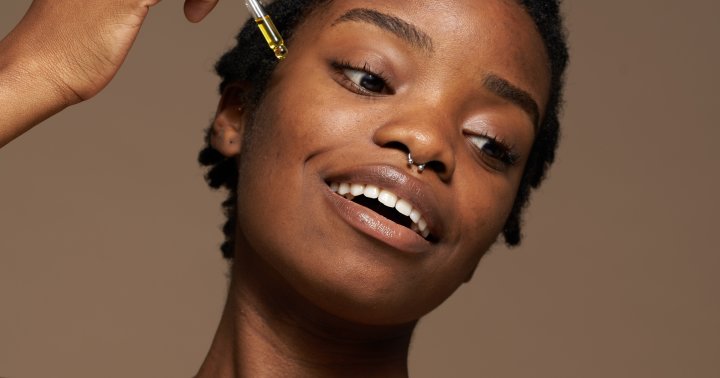









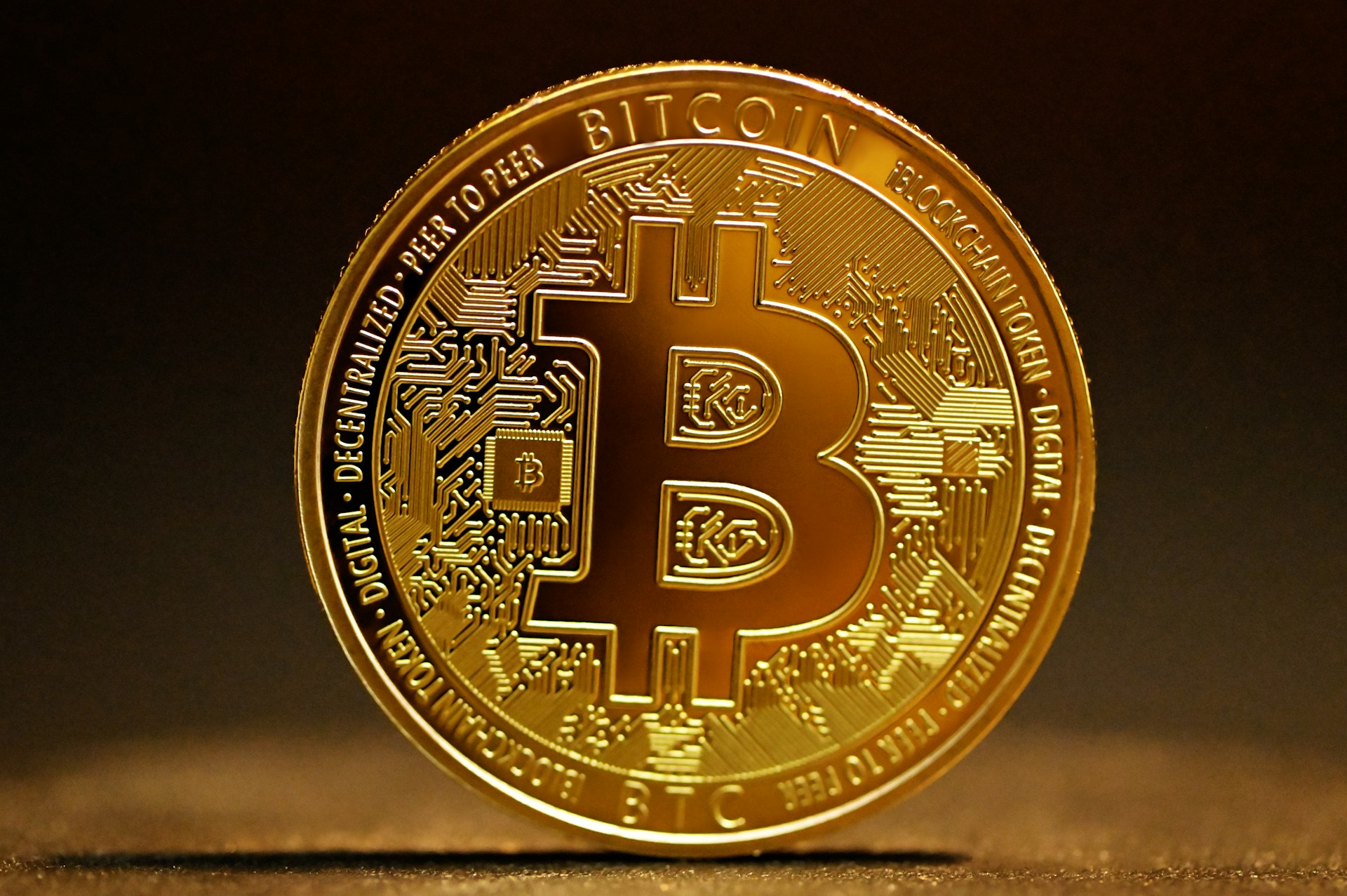





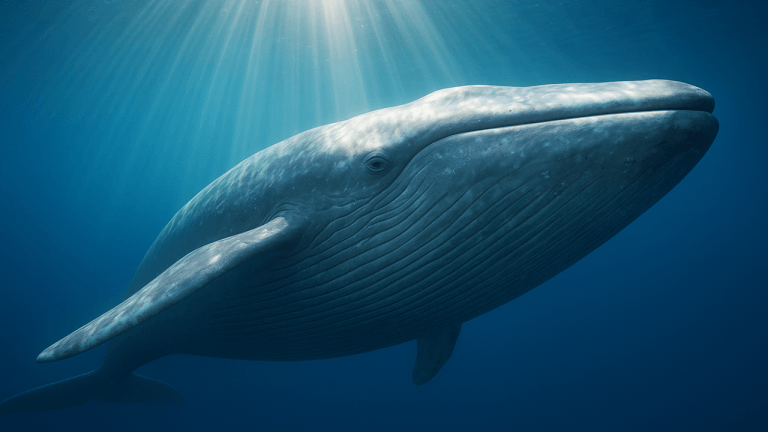



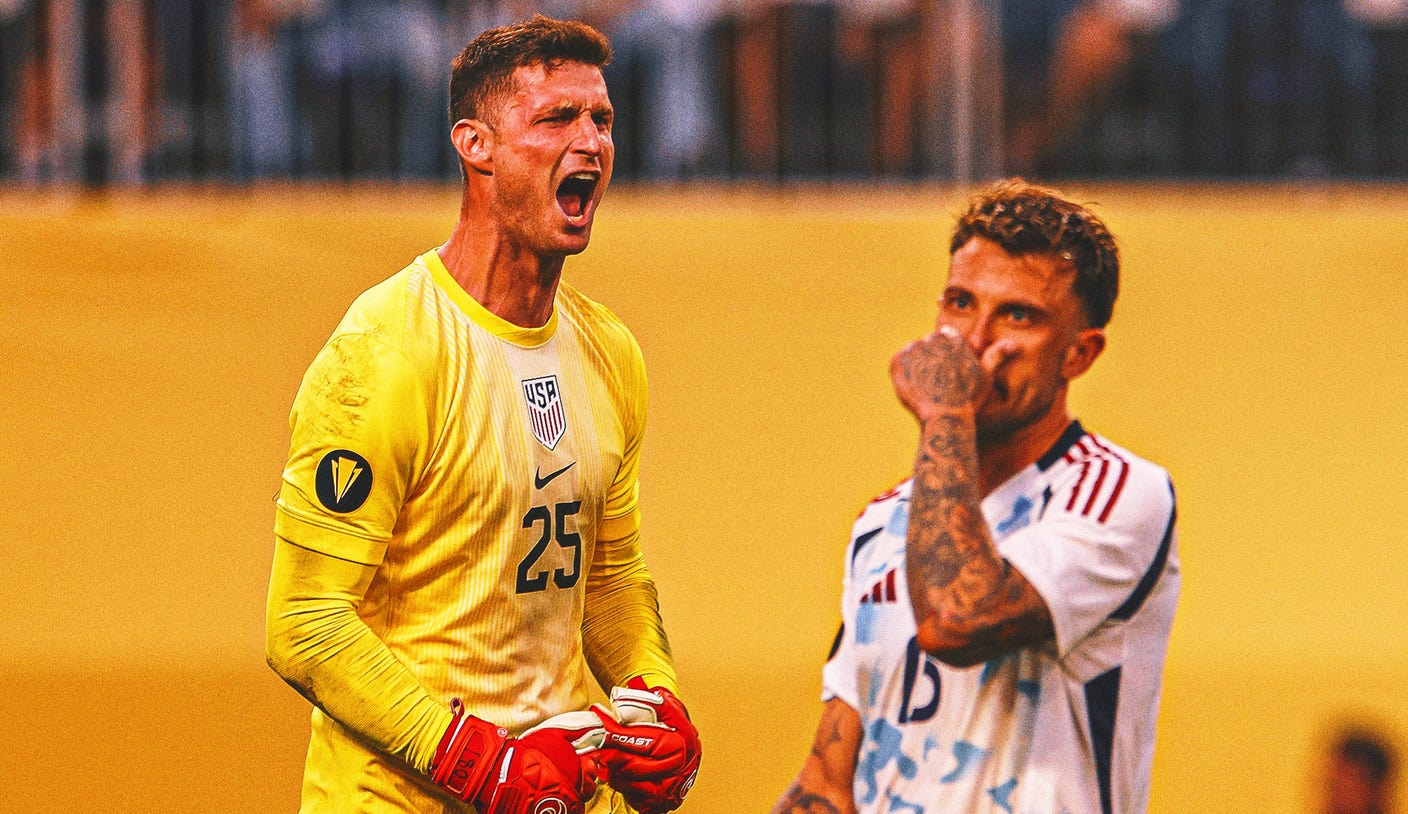


.jpeg?trim=0,89,0,88&width=1200&height=800&crop=1200:800)